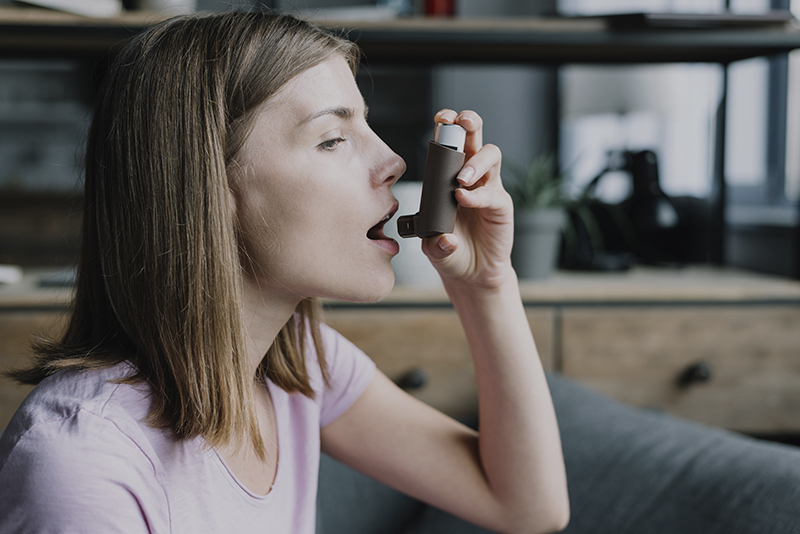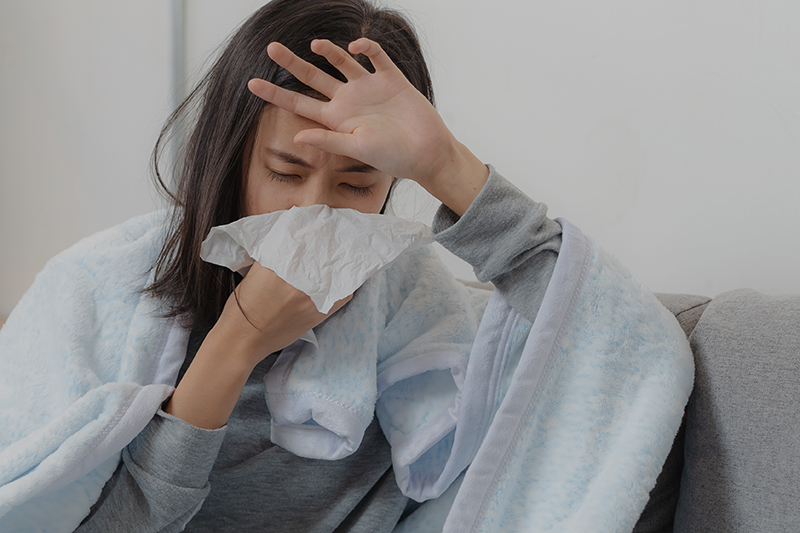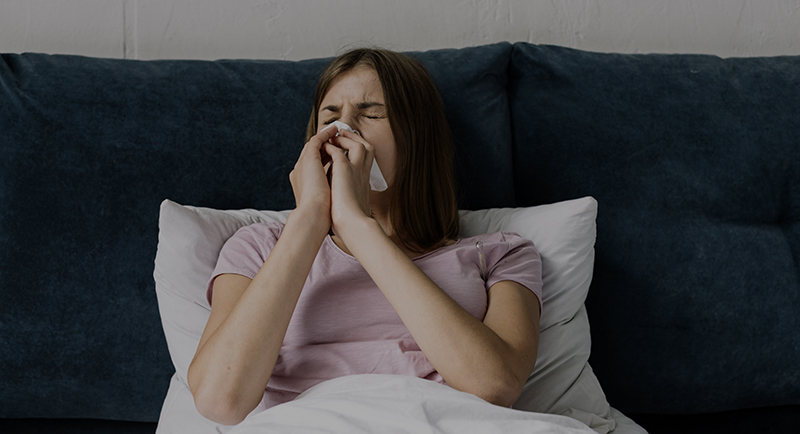Allergic rhinitis is characterized by symptoms of sneezing, rhinorrhea, nasal obstruction, and pruritus caused by inhaled allergens and involving mucosal inflammation. Allergic rhinitis is a disease with high prevalence all over the world.
This review aimed at highlighting recent developments in the etiology and management of allergic rhinitis.
Exposure of atopic individuals to external environmental factors such as ambient air pollutants, aeroallergens and climate play a crucial role in the pathogenesis of allergic rhinitis. When the nasal mucosa is exposed to inciting allergens such as pollen and dust mites, innate and adaptive immune cells are involved in the pathophysiologic mechanism of allergic rhinitis, which induce specific immunoglobulin E (IgE) production, activation of eosinophils, and degranulation of mast cells and basophils, with the consequent clinical symptoms.
At a cellular and molecular mechanism, several studies reported the role of IL-17 in allergic rhinitis. Serum IL-17 levels are significantly associated with allergy severity during the pollen season and are considered a marker of allergy severity in allergic rhinitis patients.
Current treatment options include patient education, irritant and allergen avoidance measures, pharmacotherapy, allergen immunotherapy, nasal irrigation and other less common measures such as acupuncture and surgery. Recent studies have strengthened the evidence base for the treatment of all aspect of allergic rhinitis.

















